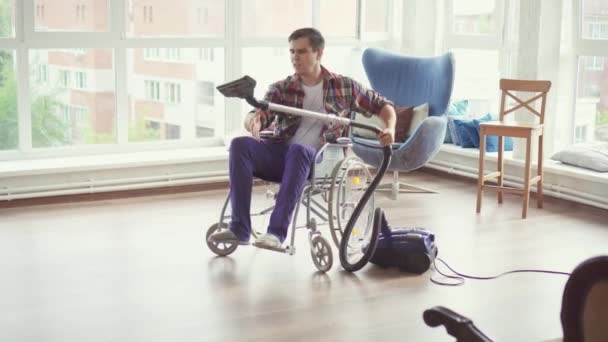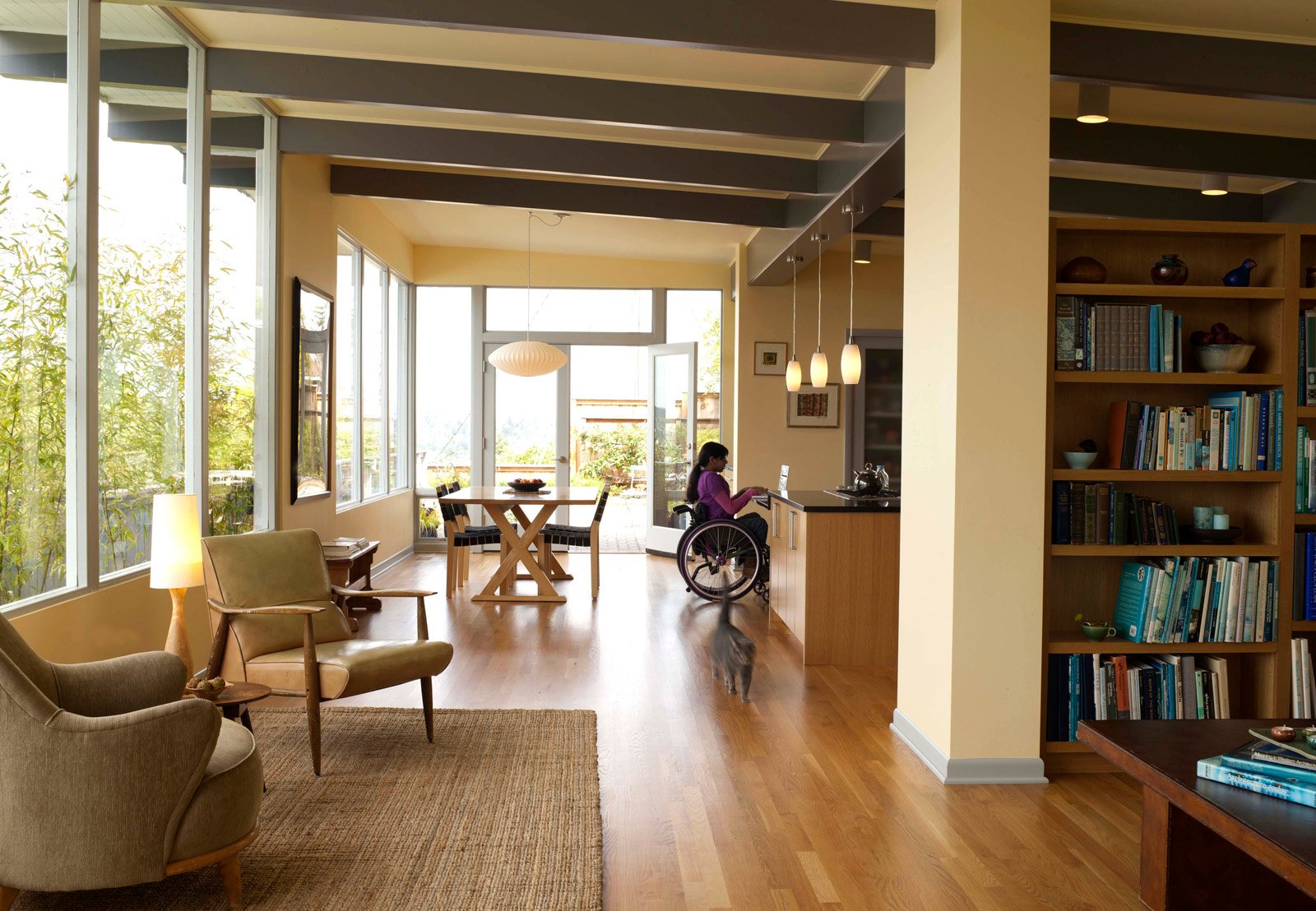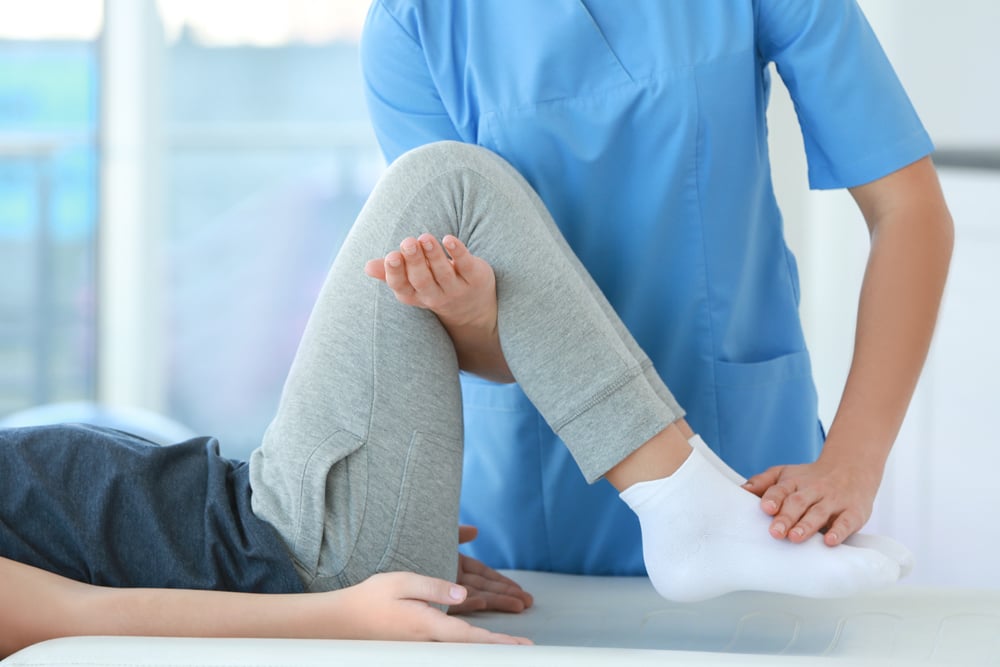
The sight of a person on a wheelchair brings misconceptions. Many non-disabled individuals assume wheelchair users are severely sick, have mental conditions, or cannot walk completely. While this may be true in some cases, many wheelchair users can function well enough. The only reason they need a wheelchair is that they have limited mobility. The wheelchair helps them get on with their everyday activities.
Continue reading Helping Someone with Limited Mobility Accomplish Everyday Chores with Ease

